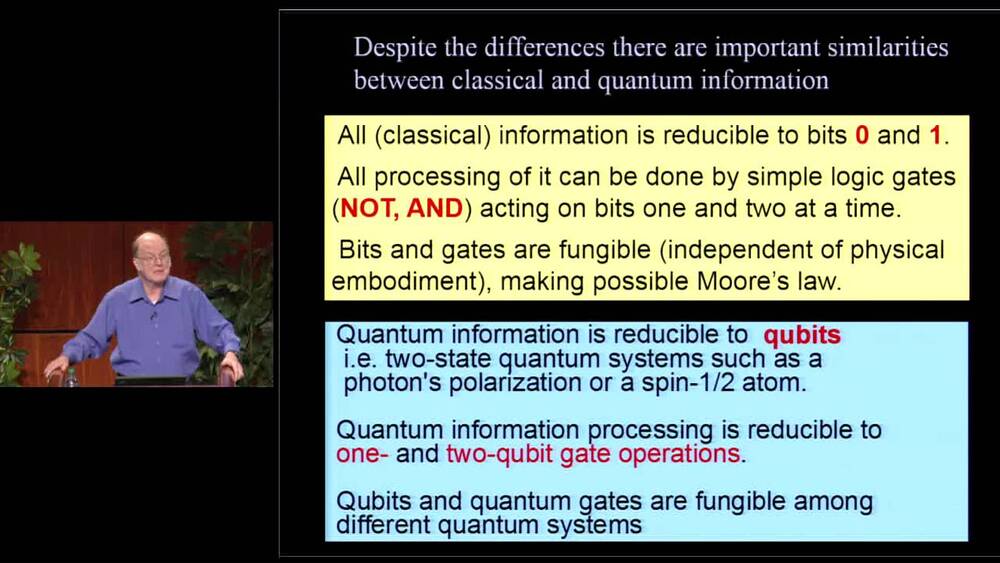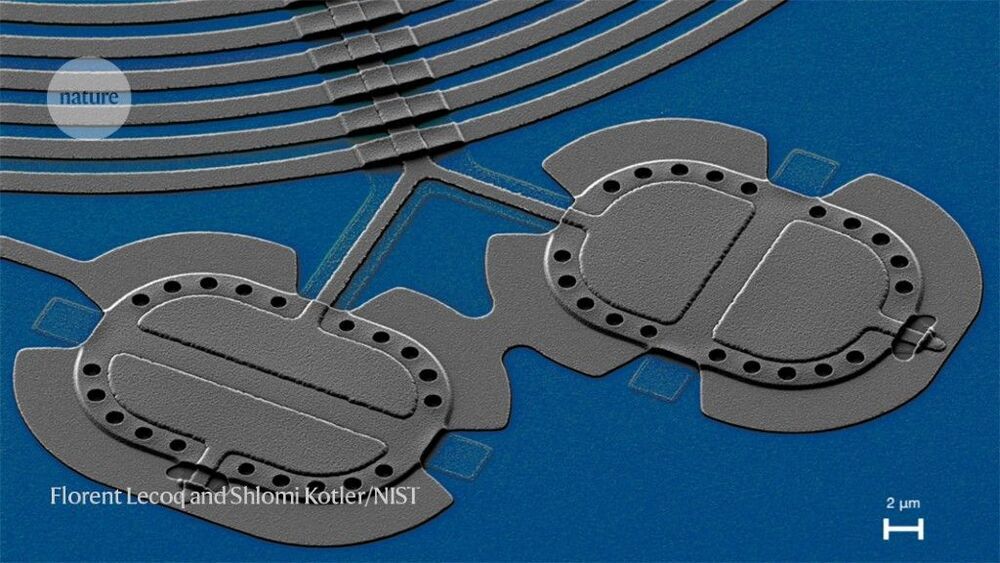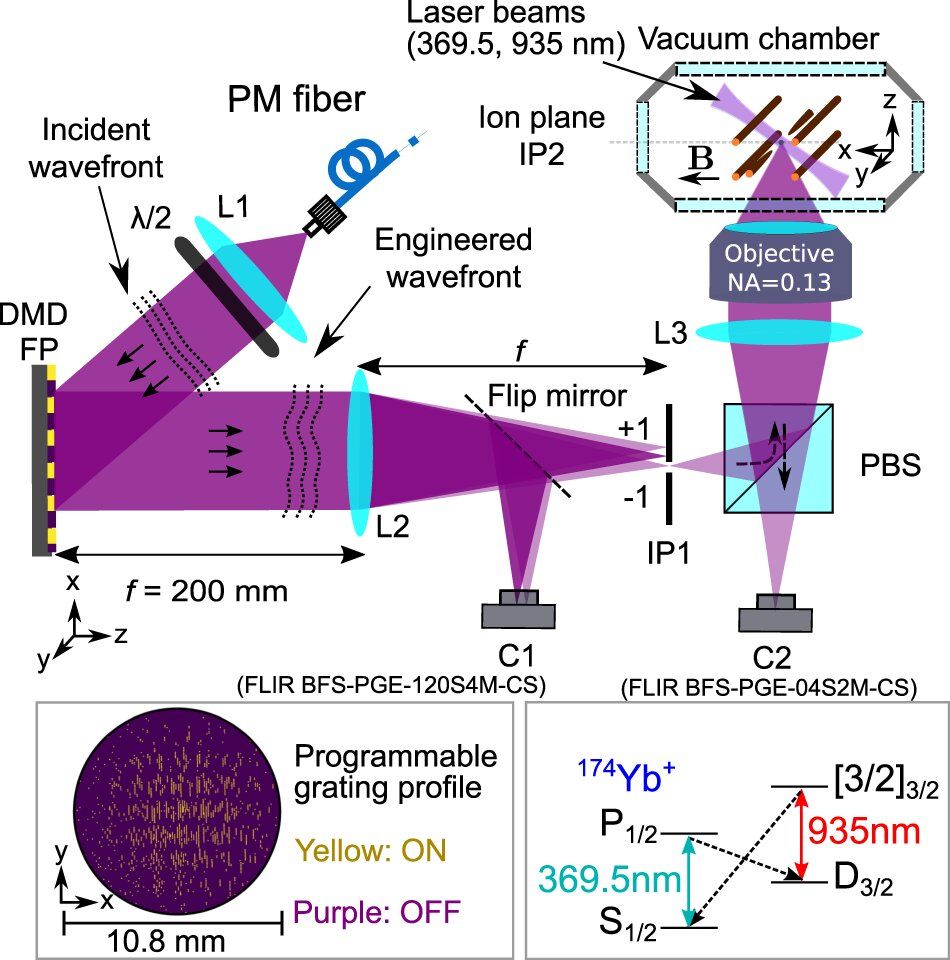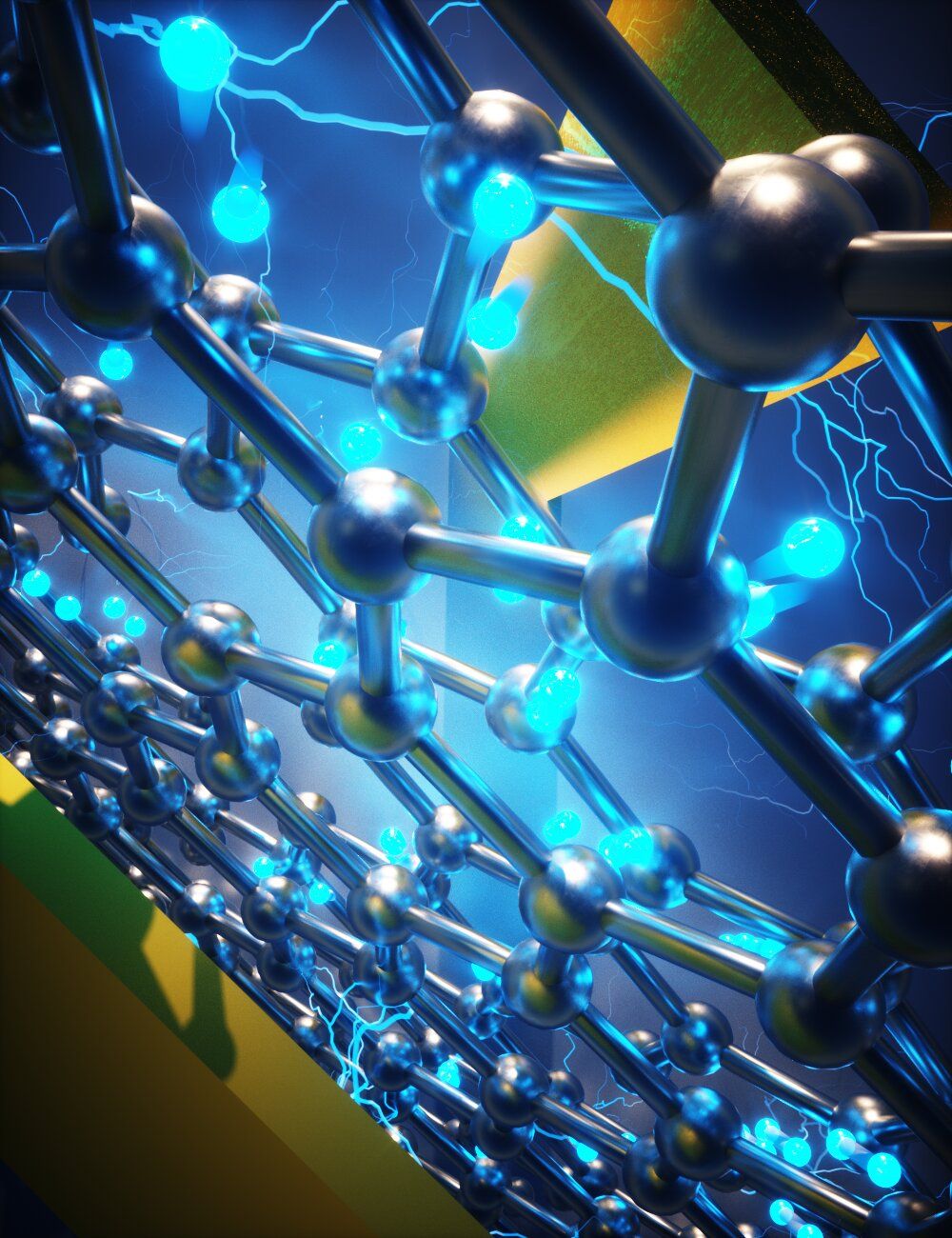May 8, 2021
Chinese Physicists Measure Speed of Quantum Entanglement
Posted by Quinn Sena in categories: particle physics, quantum physics
A team of Chinese physicists are making some serious progress in the field of quantum mechanics. Recently, this team has measured the speed of quantum entanglement – more affectionately known as “spooky action at a distance”, as Einstein called it.
To summarize quantum entanglement, two or more particles are entangled, which means they share the same wave form. The more technical definition is: “Quantum entanglement occurs when particles such as photons, electrons, molecules as large as buckyballs, and even small diamonds interact physically and then become separated; the type of interaction is such that each resulting member of a pair is properly described by the same quantum mechanical description (state), which is indefinite in terms of important factors such as position, momentum, spin, polarization, etc.”
When most people describe this interesting process, they’ll describe the information transfer as ‘instantaneous’ or ‘near-instantaneous’. Several research teams have attempted to measure the actual speed seen in the transfer of information in entangled systems, but have failed in one way or another, usually resulting from flawed methodology dealing in quantum nonlocality.


















